The Largest Corporation Settlements in United States History
The largest class action corporation settlements in United States history have staggering price tags. Learn about the gross negligence or harm that led to such enormous settlements.
Nov. 1 2021, Published 2:14 p.m. ET
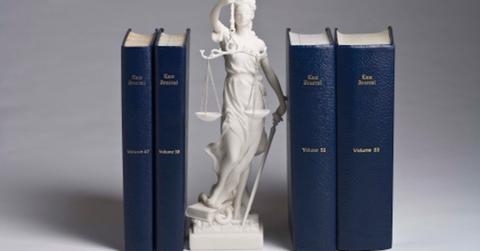
Lady Justice next to law textbooks
Corporation lawsuits are quite common and close to 90 percent of U.S. corporations find themselves wrapped up in some sort of litigation. Sometimes those pesky litigation issues can be costly and rear their heads as class action lawsuits.
Cornell Law School defines "class action" as "a procedural device that permits one or more plaintiffs to file and prosecute a lawsuit on behalf of a larger group." These lawsuits often reprimand companies in the form of monetary settlements. Here are the top 5 corporation settlements.
No. 5: WorldCom fraud scandal — $6.1 billion
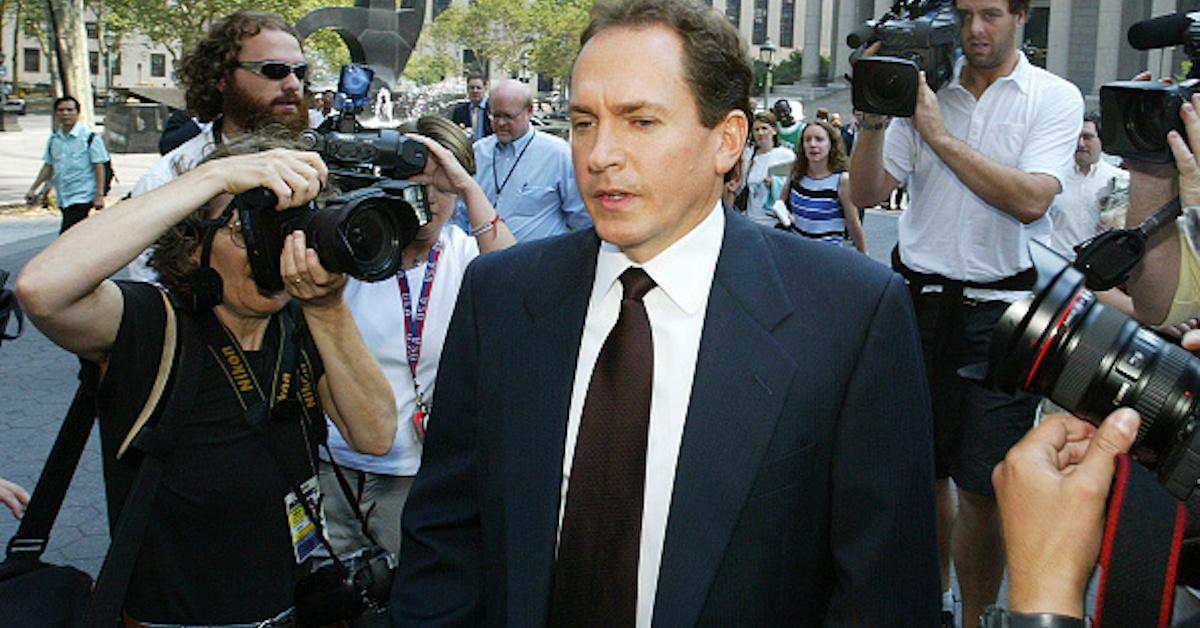
Scott Sullivan leaving federal court in 2005
A once extremely successful company known for telecommunication acquisitions and internet communications turned to illegal measures to compensate for declining revenue. In 2002, WorldCom manipulated the truth of its income in an extreme way.
WorldCom was able to pull off this massive scheme by "classifying as capital expenditures those payments" it was making for using the communications networks of other companies, according to International Banker. WorldCom had “cooked the books” repeatedly—including its income statement, balance sheet, Form 10-K filing, and annual report—to inflate its profit-and-loss position by a whopping $3.8 billion. In 2005, a New York federal judge approved a settlement against WorldCom for $6.1 billion in "shareholder fraud litigation."
No.4: Enron securities fraud — $7.1 billion

Traders working on the floor of the Enron building in 2001
In 1996, Sherron Watkins, Director for Enron, became a whistleblower when she realized the company was very plainly committing fraud. A year prior, Enron had just been titled “American’s Most Innovative Company” by Fortune and would go on to receive this award for six years consecutively. The fall from glory happened when Enron essentially committed fraud by overstating and inflating the company’s actual revenue.
Additionally, the company used extremely fraudulent accounting measures to hide the company’s mounting debt, which led them to file for Chapter 11 bankruptcy. By that time, Enron experienced a $618 million dollar loss and admitted to inflating income since 1997. As a result, Enron stock was suspended on NYSE, and their accounting firm, Arther Andersen, was convicted of obstruction of justice. In 2008, Enron was ordered by a federal judge to pay $7.2 billion to shareholders.
No. 3: Volkswagen emissions fraud — $14.7 billion
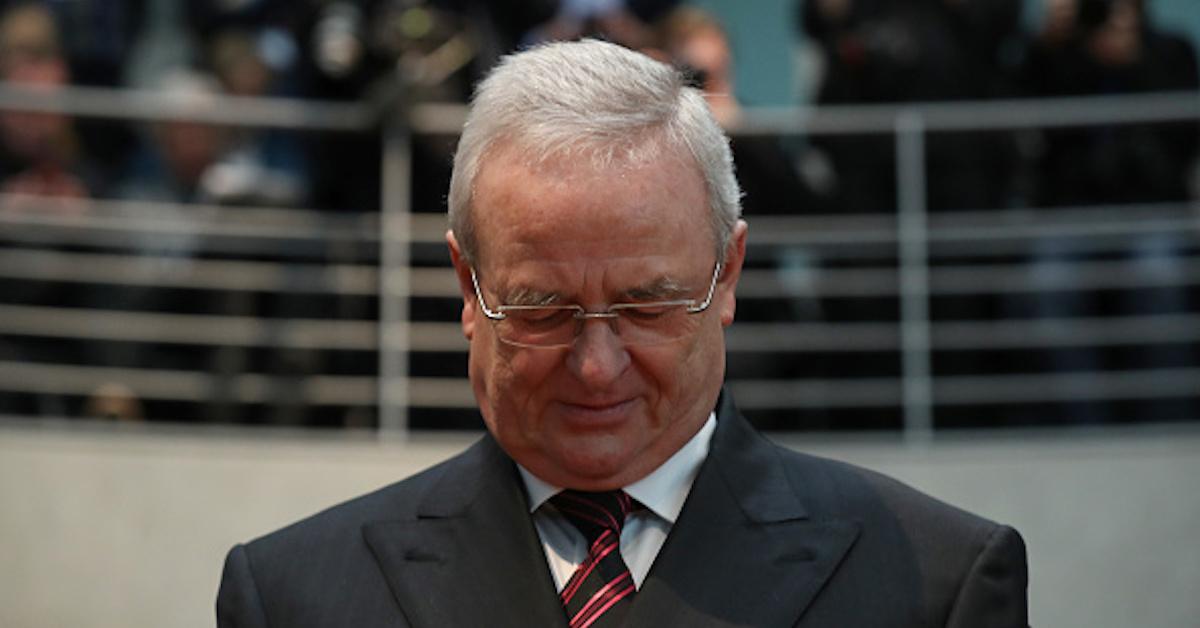
Winterkorn testifies in 2017 at Budenstag commission regarding emission scandal
In September of 2015, Volkswagen admitted it had installed emission cheat devices on its automobiles. Volkswagen cars that ran on diesel were being tested to ensure they met the United States standard for emission pollution regulation, the software would adjust during in-house testing to show that the cars were not polluting in excess amounts. But when these same cars were driven on the streets, they emitted 40 times more pollution.
Fortune reported that “40 times more nitrogen oxide” was emitted and this pollution “contributes to asthma, bronchitis, and emphysema.” According to the New York Times, about 500,000 affected diesel cars had been sold in the United States. In 2007, the EU approved use of devices that manipulate emission rates in-house vs. on the road. Die to this approval, Volkswagen claimed it did not cheat in Europe, only in the U.S., leading to mainly U.S. drivers benefiting from the class action.
On October 25, 2016, Judge Charles Breyer for the United States District Court ruled in favor of a $14.7 billion dollar settlement, including provisions for the market value buyback of all defective cars, in which 95 percent of owners participated.
No. 2: Deepwater Horizon oil spill — $20 billion
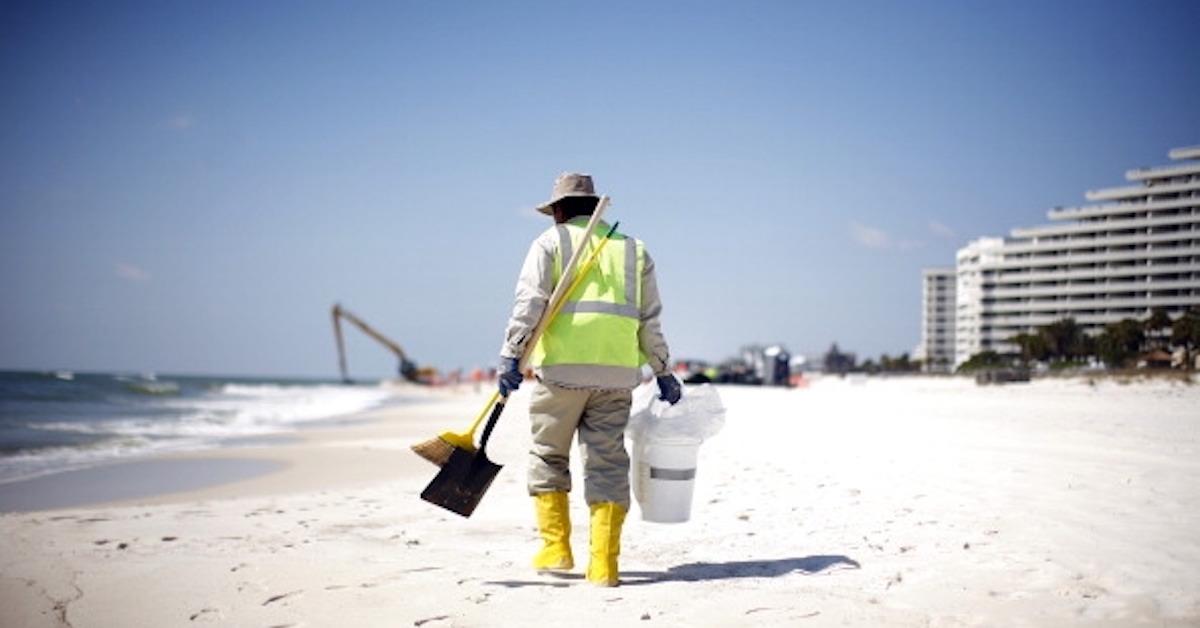
Worker scanning for oil remnants ahead of Florida spring break
April 20, 2010, on the British Petroleum-operated Macondo Prospect, the Deepwater Horizon drilling unit exploded and sank. But on April 22, the U.S. Coast Guard discovered that oil was leaking from the sunken vessel at a rate of 340,000 gallons per day. The explosion alone killed 11 workers and caused a 134 million gallon spill which spread 43,000 miles from Texas to Florida.
The National Wildlife Federation released a report entitled "Five Years and Counting: Gulf Wildlife in the Aftermath of the Deepwater Horizon Disaster," which claimed that bottlenose dolphins died at four times historic rates, 65,000 sea turtles died, 32 percent of laughing gulls died, and fishermen were required to shut down due to fish devastation.
In New Orleans, a judge ruled that B.P. was “grossly negligent” and approved a $20 billion dollar settlement over environmental damage, which would be allocated to states, local governments, Gulf Ecosystem Restoration trust, and fishermen whose industry was devastated by marine wildlife loss. While initially ordered to pay $20 million by the judge to states, it is estimated that B.P. paid around $60 million in damages for the entire ordeal.
No. 1: Tobacco medical illnesses — $206 billion
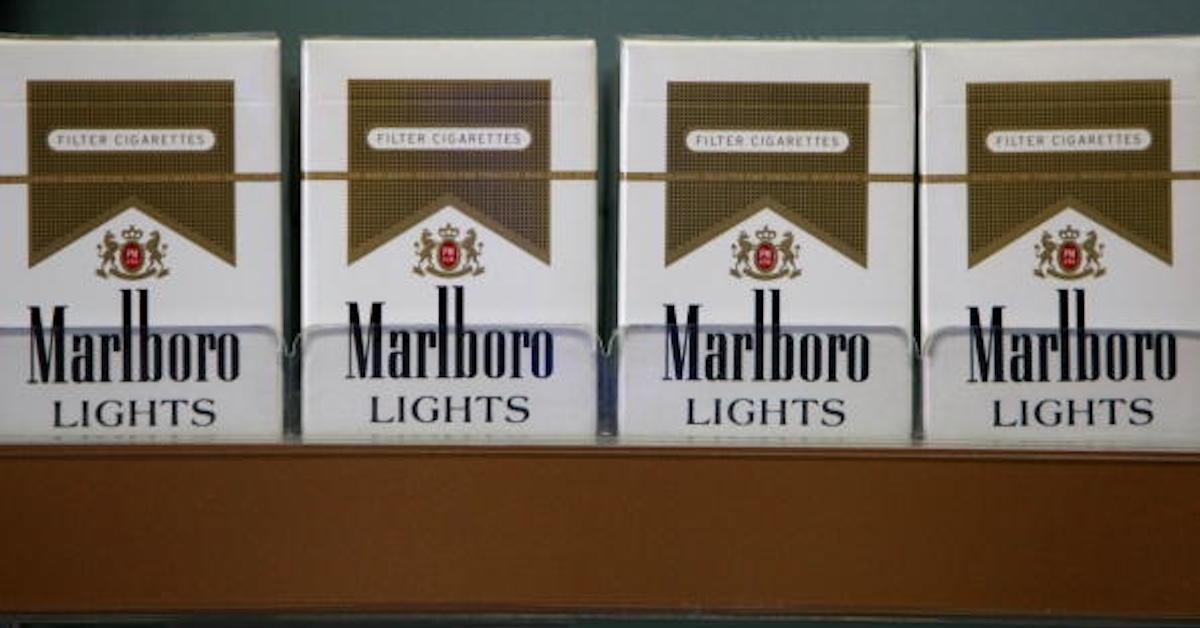
Marlboro cigarettes on display at a store in San Francisco
In 1998, 46 state attorneys banded together on behalf of their respective states to pursue damages for the expenses each state incurred treating smoking-related illnesses via their Medicaid programs. It’s important to note that it wasn’t until the late 1980s and early 1990s that the United States government started to inch toward admitting smoking tobacco is entirely more harmful than it was “a weight-loss or relaxation regimen” as originally purported by many doctors in the decades earlier.
Speculations about the health risk began with doctors in the1920s reporting links between smoking and buccal cancer and that smoking was starting to decrease life expectancy. Still, this did not curb the appetite of smokers, nor did it make the major tobacco manufacturers (Philip Morris Inc, R.J. Reynolds, Brown & Williamson, and Lorillard) slow production. In 1998, David Satcher, the U.S. surgeon general stated, “Cigarette smoking is the leading preventable cause of disease, cancer, stroke, and respiratory disease…”
By then, the tobacco manufacturers were knee-deep in a far-from-ordinary lawsuit; this case is not typically credited as a class action suit due to the fact that the attorneys were representing states, not individual people. Under the Master Settlement Agreement, the tobacco companies faced restrictions regarding the way they can market the product and they were also required to pay the states a whopping $206 billion.
